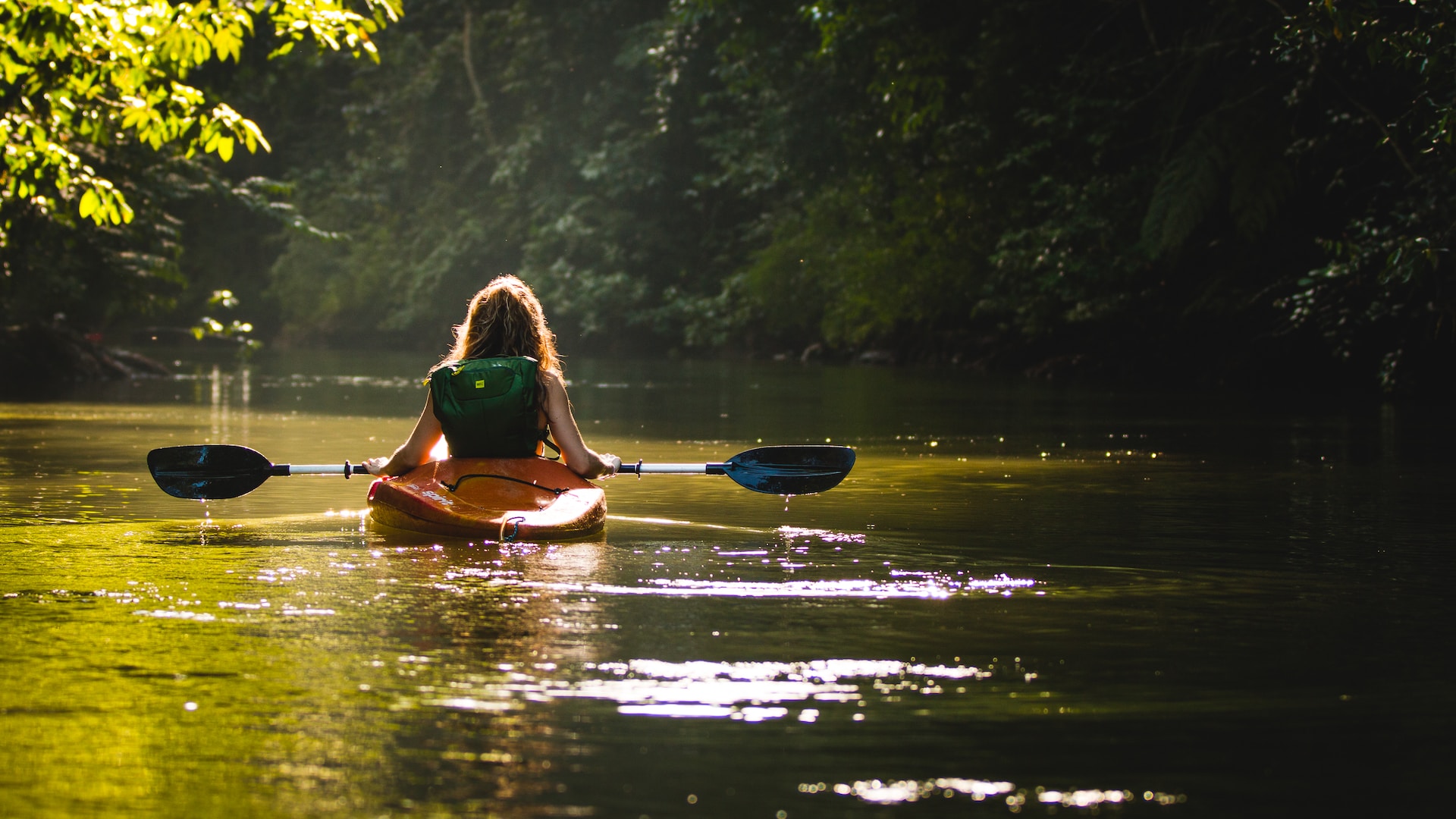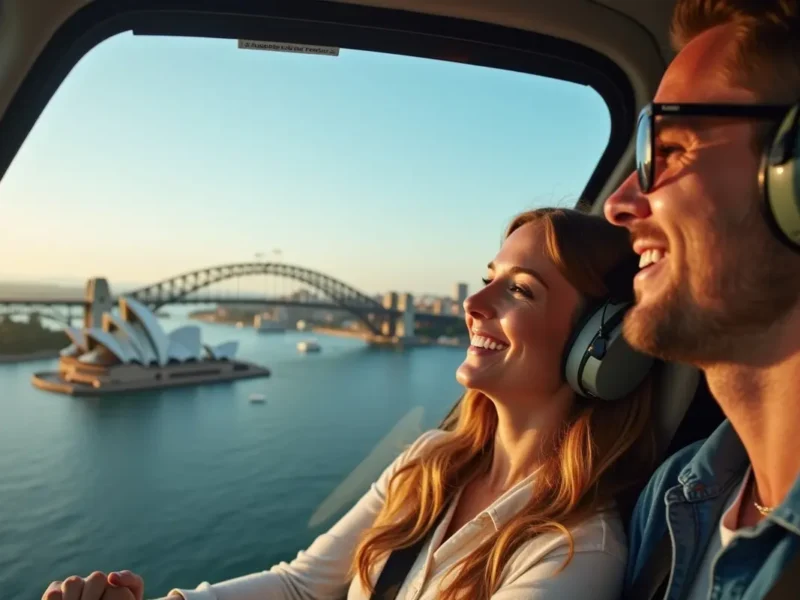Imagine gliding across the water in near silence just above the surface, feeling more like a marine mammal than a human explorer, at one with your craft and with nature. This is what it feels like to go kayaking, an ancient tradition that has evolved into one of our favourite water sports. You can be sure that if there’s a scenic body of water to be had, someone will be kayaking across it!
Introduction
Kayaking is a worldwide pastime because of the sport’s elegant simplicity and zero environmental impact. It is extremely popular in the beautiful tropical seas surrounding Thailand, where first-timers and seasoned paddlers can enjoy kayaking some of the world’s most spectacular scenery led by expert guides when they take a Hong Island tour. Koh Hong is uninhabited by people and is the home of a variety of wildlife such as monitor lizards and white-faced gibbons, which kayakers can often spot from the water. The island features high limestone cliffs surrounding a lagoon, making it feel like one has entered a room, which means “hong” in Thai, making for a kayaking experience like no other. Hong Island is just one example of the many thrills awaiting those who make kayaking a part of their lives!
The evolution of kayak
So, how did it all begin? Kayaks are one of humanity’s earliest modes of water transportation. Around 5000 years ago the Arctic regions of North America, Greenland, and far Eastern Russia were inhabited by the hearty Yupik, Aleut and Inuit peoples. The environment was harsh, but these people were well adapted to it, actually making their homes on the ice using snow as a building material to construct the famed igloo.
They had to subsist on the few food sources available, whatever the sea could offer. They became seal and walrus hunters and constructed the first kayaks to enable them to safely seek their prey in the icy waters that were home to them. The word kayak originated from their language’s term for “hunter’s boat”.
These early kayaks were constructed from the few raw materials available to them on the ice flows, driftwood and whale bones formed the frames, whilst seal skin with a coating of whale fat was stretched over them to form a watertight skin.
A lot has changed since then, modern kayaks are constructed from fibreglass moulds and carbon fibres making them a safe and sound mode of water transportation for all ages. The inside is hollow so there’s room for you to put your packs and camping gear if you are on an overnight sojourn. The essentials you should bring along are pretty much the same as any ocean cruise, but you can probably leave the formal wear behind! The main things are your paddle and life jacket and a thirst for outdoor adventure!
Wherever you are in the world, Thailand or the Arctic Circle, kayaking is an excellent way to see the aquatic sights as you move silently and gracefully across the water as if you were born there.



